Chronic Illness in Collierville High School
An invisible illness is defined as a disability that is not immediately apparent. They are often chronic – persisting for a long time or constantly recurring – and can be someone struggles with hearing loss, diabetes, an autoimmune disorder, chronic pain, and even mental illnesses such as anxiety and depression. It’s a long list full of complicated disorders that can severely impact the way a person lives.
Like anywhere else in the world, Collierville has a range of people who deal with chronic illness every day, and many of these fall under the umbrella of “invisible.” Collierville High School, built in 2018, can hold 3000 students and has one elevator to match its eight staircases. There is no elevator pass system to dictate who gets on, and who wouldn’t rather take the elevator? Due to this, students who don’t necessarily need the elevator are still able to use it and often do, preventing ill students from utilizing a system that’s there for them.
But how do we know which students need the elevator? There are some who use visible braces or walking aides, but there’s also those who don’t. That’s what an invisible illness is – one you can’t automatically identify. Let me propose a scenario. A girl is waiting for the elevator. She’s wearing a track shirt, leaning against the wall. You’re pretty sure she went to State last year and looks like she goes to the gym most nights. Should she be using the elevator? How do you know? You don’t.
That’s the struggle with this area of awareness. Someone who’s waiting with a cane or wearing a boot has a visible reason as to why they’re waiting. You can safely assume they’re disabled in one way or another. It fits in your mind why they’ve hit the elevator button. You know that you would if those shoes were on your feet. It’s easy to assume that the girl in the track shirt just doesn’t want to take the stairs, and now she’s going to take up a ride that a disabled student could have used.
For the last quarter of my junior year, I was in a similar position. After two years of throwing both discus and shotput with our school track team, I had to leave it behind to make more time for school. With zero foresight, that was a stellar move. My Juvenile Rheumatoid Arthritis, almost completely dormant since I was seven, flared up so bad that I could feel every creaking move my knee made. I wore a brace under my welding jeans to keep it from getting too torn up, making it virtually unseen, and my track hoodie was the best one I owned, meaning I wore it often. Unlike the girl in my scenario, I was not a competitor at State, and I chose not to take the elevator because I didn’t have the patience.
It’s impossible to not wonder, however, what people might have thought if I had. What if I hadn’t endured to stairs? (It’s a pain I don’t think I could bear to subject myself to again.) Would teachers have reprimanded me? Would students have chastised me, whether out loud or in their heads? After all, my brace – the one thing keeping me standing at times – was invisible. A bad knee I’ve had my entire life, and will have for the rest of it, was invisible. I could feel the divide more than ever between those deemed able-bodied and those who felt they were being failed by the system. It is a divide that we have put there, and it is the source of the worst harm. I am neither one of those. I didn’t face harassment or bullying. I only know that I have always appeared able, even when I am not.
More recently than my knee, there were a pair of Instagram posts from the last month of this past semester. They were from a student who often used walking aides and the elevator, and they discussed bullying at CHS because of this. The posts cover abuse from students and administrators that allegedly didn’t care. Many students at Collierville who struggle with invisible illnesses like fibromyalgia and POTS will tell you a similar story. They’ll detail kids who take their pictures and try to use their aides, who call them fakers and deny any assistance they might need. It’s an easy way to lose a chunk of faith in our student body.
Despite the varying responses to these posts, a conversation was allowed to begin outside of the circle of struggling students. Was it right to say these things? Was there a better way to go about making changes for the student body? Could the right changes be made? Where should we draw the line, and what was that line going to be?
I don’t believe there is a line be drawn, necessarily. Instead, it’s a mindset that we are still working to create. What will we allow? What will we change?
It’s an argument declaring that you can never assume someone is able-bodied. You must never decide in your mind that they aren’t struggling with a given invisible illness. When they are standing at the elevator with no visible aides, that doesn’t mean they can easily take the stairs. By deciding that someone is capable, by voicing that they’re taking a disabled person’s spot, you cause harm. You cannot know what someone is dealing with, especially when you can’t see it.
We are all guilty of this, even those who have invisible illnesses. They see someone taking their spot on the elevator, someone who has no aiding device, and they decide that person just wants to take the ride with their friends. Maybe they’re right, but what does it say when they’re wrong? To make the decision on whether someone is able-bodied is entirely hypocritical of their own argument.
Only you can know what you need and what you don’t. You have to be mature enough to take the stairs if you don’t need that elevator spot. If you need that spot, then you must assume everyone next to you needs it as well, especially if you argue for chronic and invisible illness awareness, as difficult as it can be. Your mindset and the decisions you make are your responsibility. You must make the choice to mind your own business and know that if you want things to change, it is your job to actually fight for it.


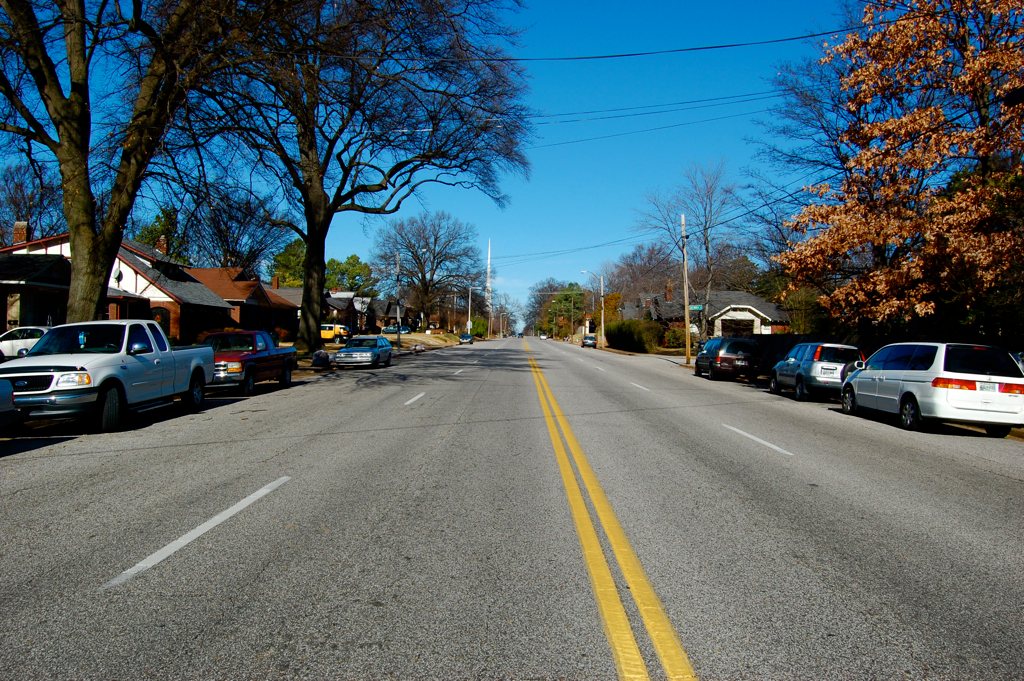
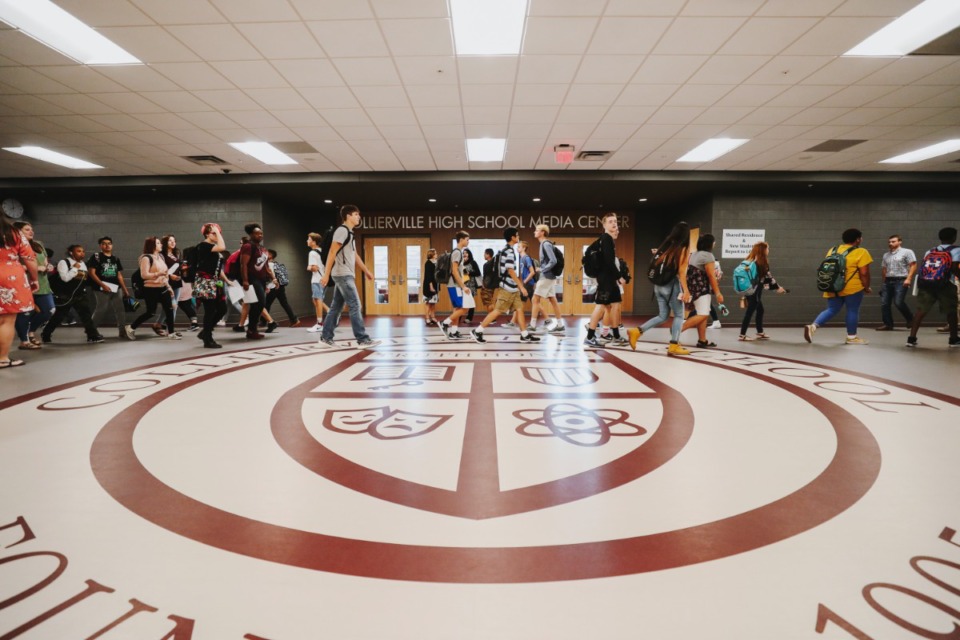

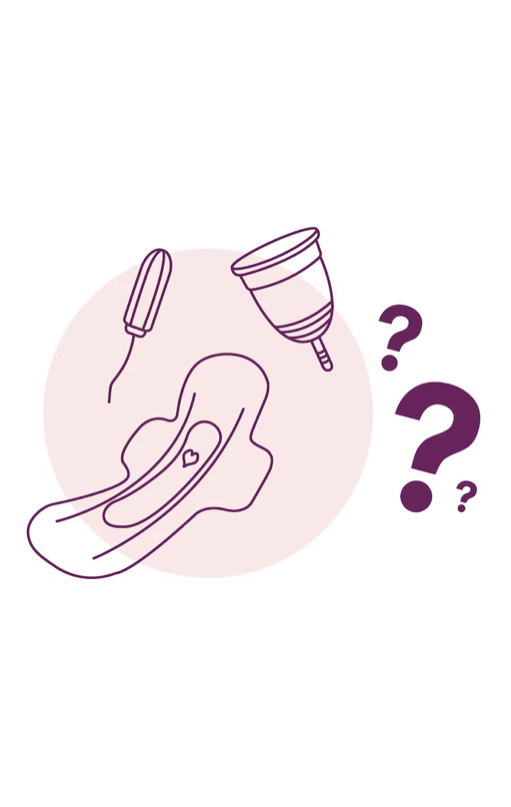
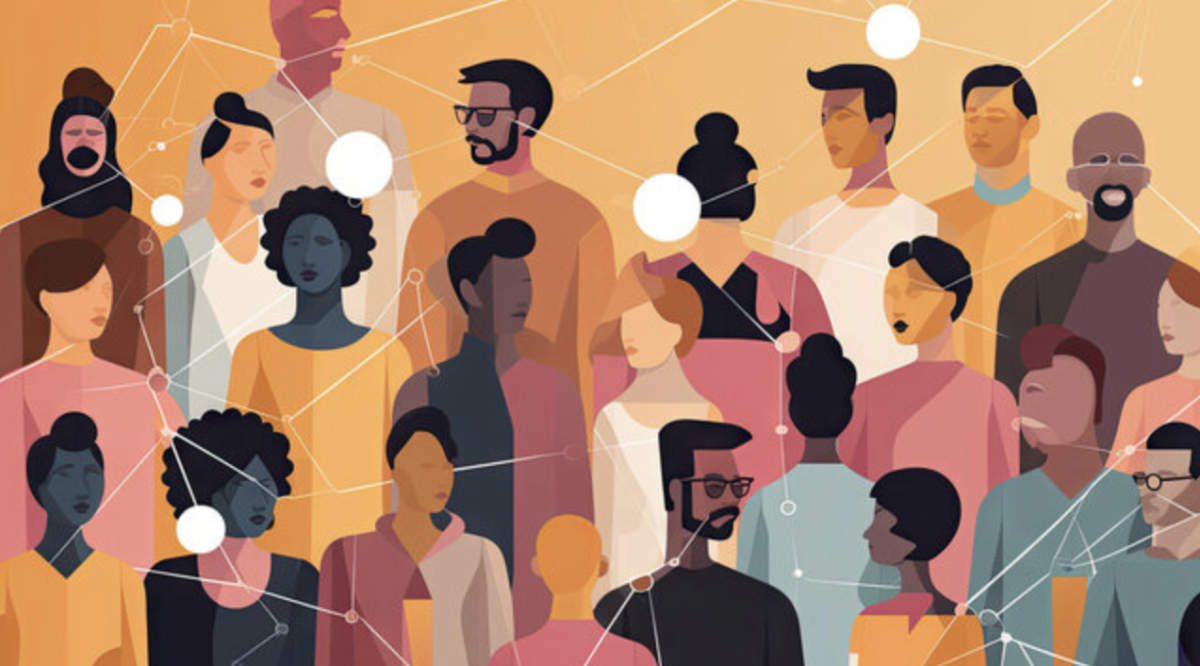









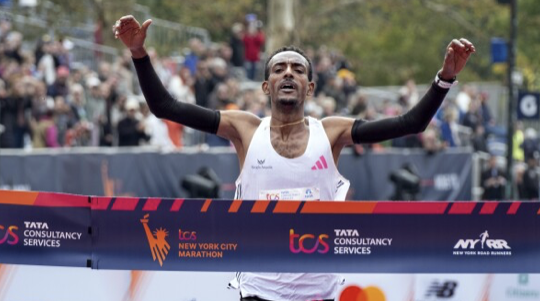
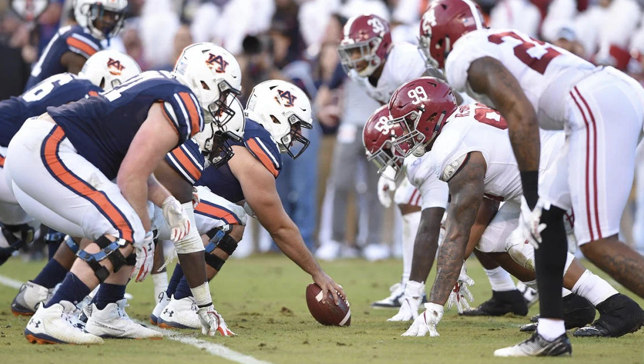






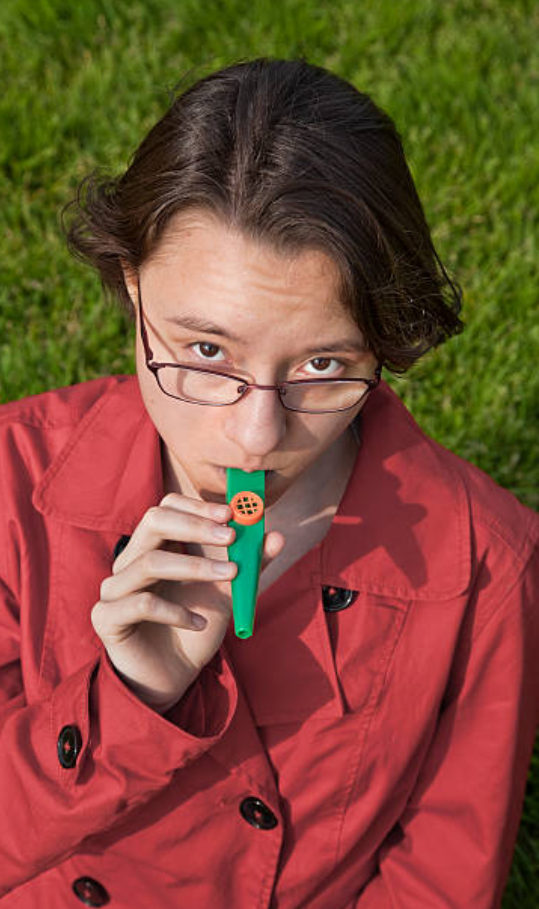








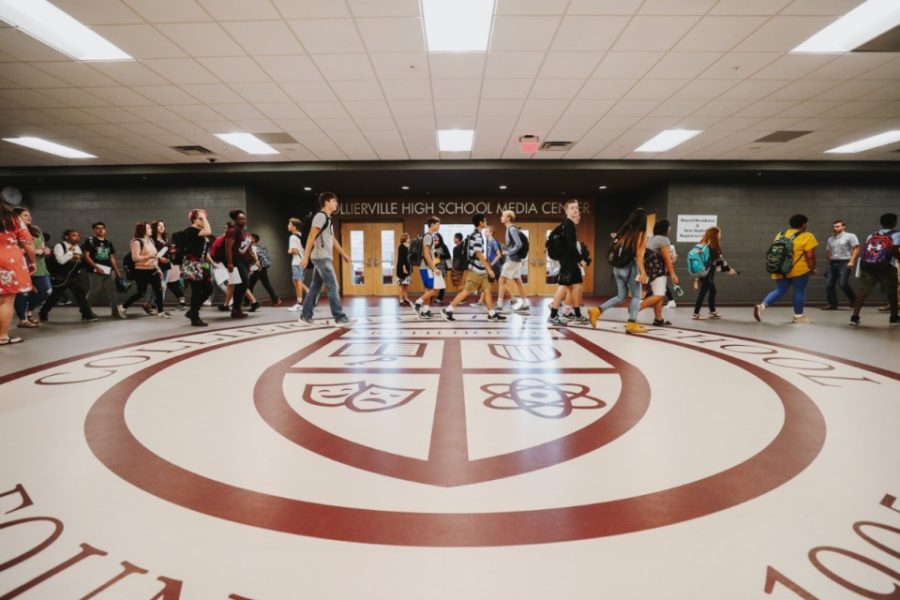
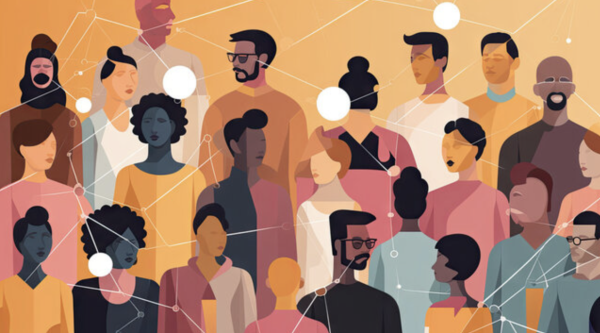









Alex Chastain • Feb 8, 2023 at 10:50 am
thank you so much for this again, i really hope this helps spread some awareness around the school. i have friends who’re still struggling, and i really wished i could help them more. i just hope seeing this helps people understand better